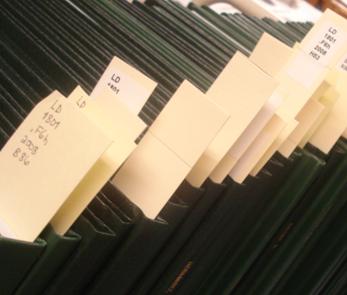
USF St. Petersburg campus Master's Theses (Graduate)
First Advisor
Major Professor: Christopher Meindl, Ph. D.
Second Advisor
Brandon Shuler, Ph. D.
Third Advisor
Richard Mbatu, Ph. D.
Publisher
University of South Florida St. Petersburg
Document Type
Thesis
Publication Date
2017
Date Issued
April 21, 2017
Abstract
There have been many studies of the biology of red snapper; however, there are few studies addressing the social dynamics of the Gulf of Mexico (GOM) red snapper fishery1 and its effect on stock management. The GOM red snapper fishery was in decline from the 1950s through the 1980s from years of rampant overfishing. A rebuilding plan was established in 1984 under the Magnuson-Stevens Act guidelines, placing stringent regulations on red snapper fishing. To successfully rebuild the fishery by 2032, federal seasons and quotas have been shortened to allow the stock to grow. Recreational fishermen have become increasingly unhappy with the shortening of days on the water and have partnered with recreational interest groups to call upon the state legislature for an overturn of management to the states and a return to magnanimous access. In July 2015, on behalf of the directors of the five Gulf States’ natural resource agencies’ marine fish divisions, Congressman Garrett Graves (R-La) proposed H.R. 3094 The Gulf States Red Snapper Management Authority Act to transfer federal management of red snapper to each state through a quasi-governmental management authority comprised of the directors of each Gulf State’s fish and wildlife commissions (U.S. House of Representatives, n.d.; Appendix A). The H.R. 3094 proposal declares there will be one management authority, the Gulf States Red Snapper Management Authority, who will create an overarching management plan for red snapper in the Gulf region, from which the five Gulf States can then choose state-specific regulations and seasons. Although federal management has greatly improved the conditions for the species over the past few decades under the Magnuson-Stevens Fishery Conservation and Management Act, increasing the fishery’s total annual catch limit from roughly over 6- million pounds in 2007 to slightly over 12-million pounds in 20142, the Gulf States might ignore conservation tenets, that have successfully rebuilt the fishery because the States’ preferred natural resource management ideology, the North American Model of Wildlife Conservation, promotes lenient management, unlimited public access, and an elimination of markets (commercial fishing). This study uses stock assessments to establish the relative effectiveness of federal management for red snapper to date, examines documents that reveal the Gulf States’ plans for managing red snapper, and reports key points from interviews with several stakeholders and interest groups to reveal the agendas of those who want to shift management of the red snapper fishery from the federal level to state control. When asked about data collection and stock assessments, participants called for better recreational data, fishery independent data, and more timely data. Noncompliance with federal fishing season suggestions and recreational quota overages have led to tension and mistrust amongst stakeholders, further widening the rift between state and federal management. Results show that 12/15 participants from stakeholder groups including environmental advocacy organizations, dual-permitted fishermen, a seafood dealer, and federal scientists, do not support a state takeover and believe it is a hunt for access by recreational fishermen. These participants also fear H.R. 3094 would reverse the progress that has been made towards rebuilding the red snapper stock under the Magnuson- Stevens Act. Three participants, representing state and recreational interests, insist that the stock is nearly rebuilt and that more flexible management is now possible. Although stock assessments show that total biomass is increasing, the spawning potential ratio is only half way to the rebuilding target and age variation within the population still needs improvement, therefore fidelity to the recovery plan is necessary in order to reach the red snapper rebuilding target by 2032.
Creative Commons License

This work is licensed under a Creative Commons Attribution-Noncommercial-No Derivative Works 4.0 License.
Recommended Citation
Alhale, Sydney A., "Who Should Manage Red Snapper (Lutjanus campechanus) in the Gulf of Mexico?A Study of the Social Dynamics of the Red Snapper Fishery" (2017). USF St. Petersburg campus Master's Theses (Graduate).
https://digitalcommons.usf.edu/masterstheses/159


Comments
A thesis submitted in partial fulfillment of the requirements for the degree of Master of Science College of Arts and Sciences University of South Florida St. Petersburg